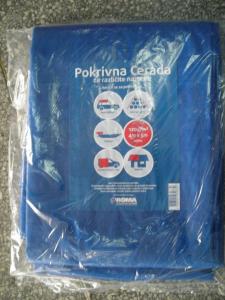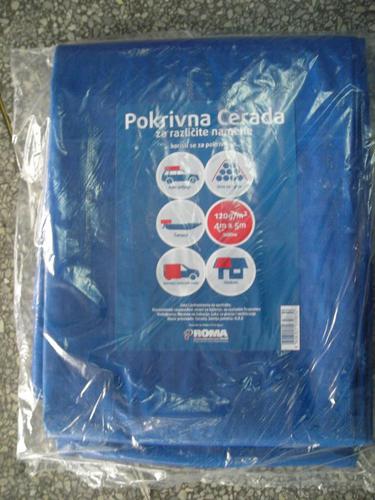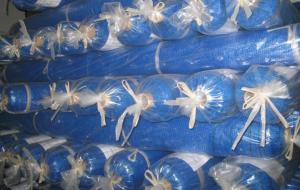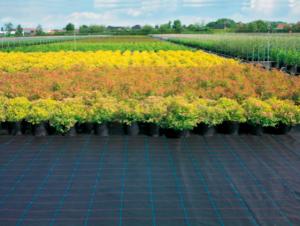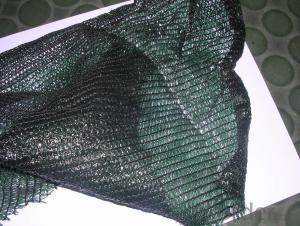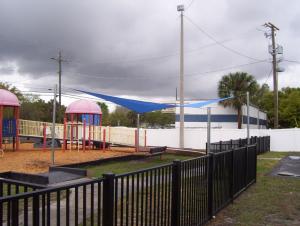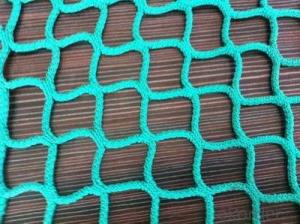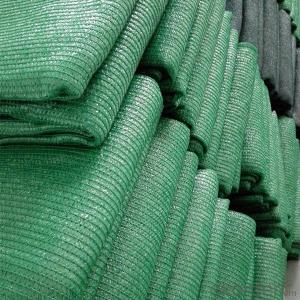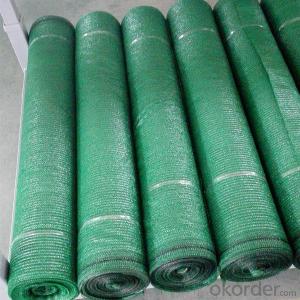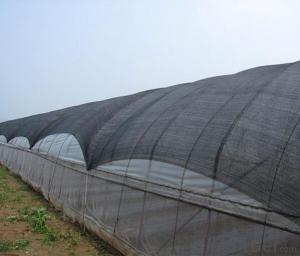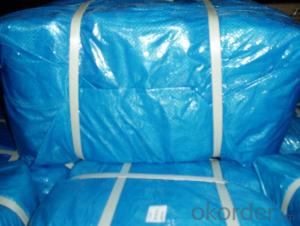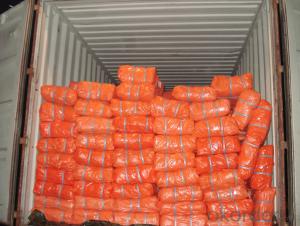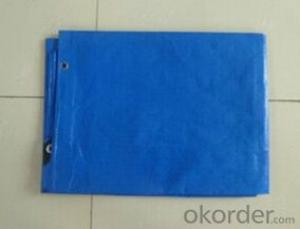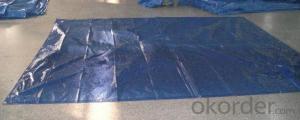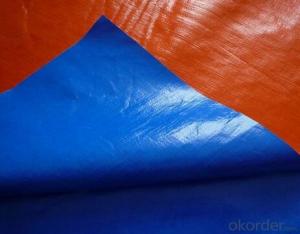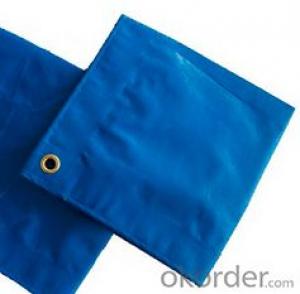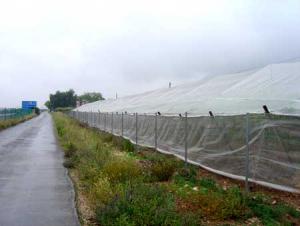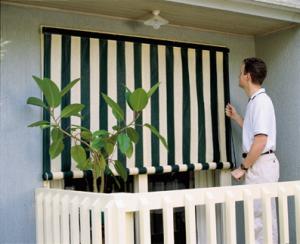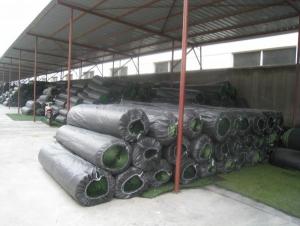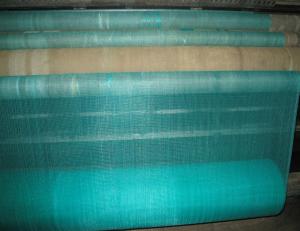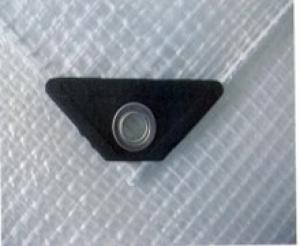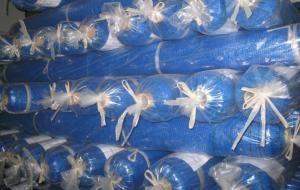Plastic Net Tube Reinforced Blue PE Tarpaulin in Roll - Standard Size Blue Tarp
- Loading Port:
- Qingdao
- Payment Terms:
- TT OR LC
- Min Order Qty:
- 3000 m²
- Supply Capability:
- 30000000 m²/month
OKorder Service Pledge
Quality Product, Order Online Tracking, Timely Delivery
OKorder Financial Service
Credit Rating, Credit Services, Credit Purchasing
You Might Also Like
| Products: PP/ PE tarpaulin | ||||||||
| Material: HDPE High-Density polysthylene | ||||||||
| Weaving condition PE tarpaulin : weaved by circular jet loom or water jet loom | ||||||||
| Mesh: 8*8 9*9 10*10 11*11 12*12 13*13 14*14 16*16* 20*20 | ||||||||
| Weight/gram per square meter PE tarpaulin : 85-300gsm | ||||||||
| Width: 2m, 4m, 6m, 8m, available for wider fabric by heat sealing, Or according to clients’ requirement | ||||||||
| Length PE tarpaulin : 100m, 200m, by customers’ requirements | ||||||||
| Colors: blue-blue, green-green, brown-brown, blue-sliver, organge-sliver, brown-sliver,black-sliver and etc | ||||||||
| Coating PE tarpaulin : LDPE ( low-density polyethene) laminated both sides or one side | ||||||||
| Making PE tarpaulin : rope reinforced hem, heat sealed edges every eyelet interval 1m or three feet, corner reinforced with triangle plastic sheet | ||||||||
| Characterics: Binding resistant, press resistand, water-proof, sun-resisitant, anti-aging, tear proof, antifreeze, corrosion-resistant. | ||||||||
| Application: They are widely used for truck canopy ,ship, cover and cargo storage or transportation in mineral factories and ports, | ||||||||
| also can be used as tents outside, travel and calamities, the tarpaulin is to cover and protect the goods in the open air. | ||||||||
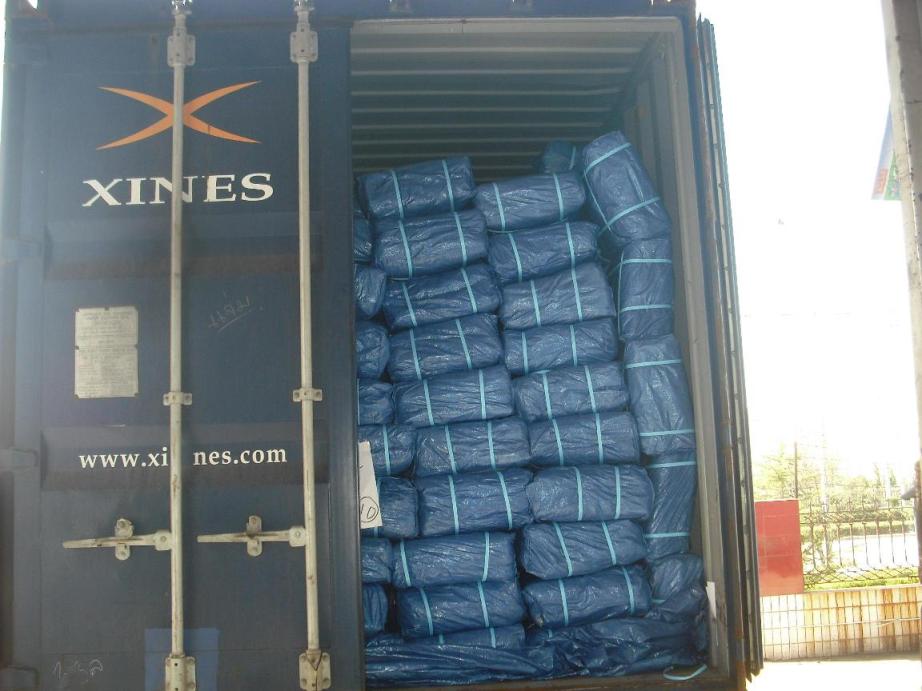
- Q: What are the disadvantages of using plastic nets?
- There are several disadvantages of using plastic nets. Firstly, plastic nets are not biodegradable and can take hundreds of years to decompose, contributing to environmental pollution. Secondly, plastic nets can entangle and harm wildlife, particularly marine animals, leading to injuries or even death. Additionally, plastic nets can release microplastics into the environment as they degrade, further exacerbating the plastic pollution problem. Lastly, plastic nets are not as strong or durable as other materials like metal or natural fibers, making them less suitable for certain applications where strength is crucial.
- Q: Can plastic nets be used for creating protective nets for buildings during construction?
- Yes, plastic nets can be used for creating protective nets for buildings during construction. These nets are often lightweight, durable, and resistant to weather conditions, making them suitable for shielding construction sites from falling debris and ensuring the safety of workers and the public.
- Q: Are plastic nets commonly used in the food industry?
- Yes, plastic nets are commonly used in the food industry. They are often used for packaging fruits, vegetables, and other perishable items to protect them during transportation and storage. Plastic nets provide breathability, allow for easy identification of the products, and help to prevent bruising or damage.
- Q: How do plastic nets help in preventing soil compaction?
- Plastic nets help in preventing soil compaction by creating a protective layer on the soil surface. This layer acts as a barrier, distributing the weight and pressure from external factors such as foot traffic, machinery, or heavy rain more evenly across the soil. By reducing direct contact and minimizing the force exerted on the soil, plastic nets help to prevent compaction and preserve the soil structure, allowing for better water infiltration, root growth, and overall soil health.
- Q: Can plastic nets be used for packaging toys and games?
- Yes, plastic nets can be used for packaging toys and games. They provide a protective barrier while allowing visibility of the product, making them a suitable option for packaging these items.
- Q: How do plastic nets perform in corrosive marine environments?
- Plastic nets tend to perform relatively well in corrosive marine environments. Unlike metal nets, plastic nets are not prone to rusting or corrosion, making them more durable and longer-lasting in saltwater conditions. Additionally, plastic nets are typically resistant to chemicals and UV radiation, which further enhances their performance and longevity in corrosive marine environments. However, it is important to choose high-quality plastic nets that are specifically designed for marine use to ensure optimal performance and to regularly inspect and maintain them to prevent any potential degradation over time.
- Q: How do plastic nets provide support for sports fields?
- Plastic nets provide support for sports fields by preventing soil erosion and maintaining the integrity of the playing surface. They are used to secure the soil, prevent it from shifting, and control the movement of water. Additionally, plastic nets help in distributing the weight and pressure exerted by athletes, preventing damage to the playing surface and ensuring a safe and level field for sports activities.
- Q: What materials are plastic nets made from?
- Plastic nets are typically made from synthetic materials such as polypropylene or polyethylene.
- Q: Are plastic nets waterproof?
- Yes, plastic nets are generally waterproof as they are made from synthetic materials that do not absorb water.
- Q: How do plastic nets prevent birds from entering certain areas?
- Plastic nets are effective in preventing birds from entering certain areas because they create a physical barrier that birds cannot easily pass through. The nets are designed with small openings that make it difficult for birds to get through, thus keeping them out of restricted areas.
Send your message to us
Plastic Net Tube Reinforced Blue PE Tarpaulin in Roll - Standard Size Blue Tarp
- Loading Port:
- Qingdao
- Payment Terms:
- TT OR LC
- Min Order Qty:
- 3000 m²
- Supply Capability:
- 30000000 m²/month
OKorder Service Pledge
Quality Product, Order Online Tracking, Timely Delivery
OKorder Financial Service
Credit Rating, Credit Services, Credit Purchasing
Similar products
Hot products
Hot Searches
Related keywords
